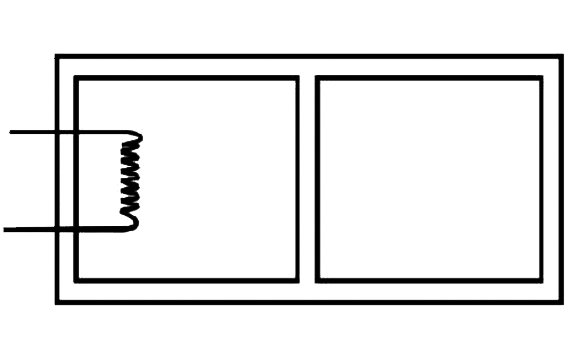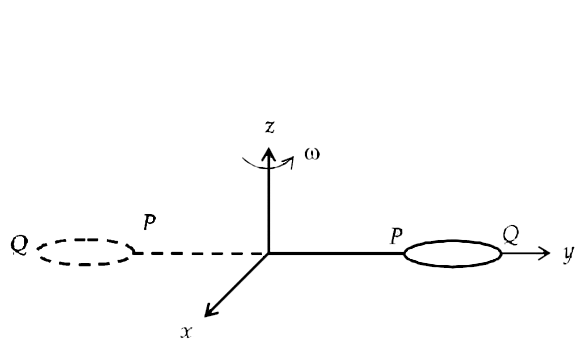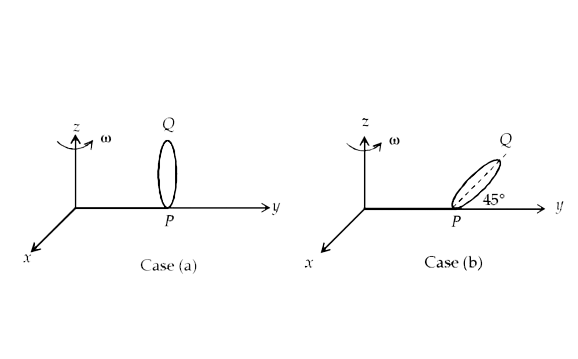In general, in the developmental history of a mammalian heart, it is oberved that it passes through a two-chambered fish-like heat and finally to four-chambered stage. To which hypothesis can this above cited statement be approximated?
Biogenetic law
Hardy-Weinberg law
Mendelism
Lamarckism
The correct Answer is:A
Step by step video solution for In general, in the developmental history of a mammalian heart, it is oberved that it passes through a two-chambered fish-like heat and finally to four-chambered stage. To which hypothesis can this above cited statement be approximated? by Biology experts to help you in doubts & scoring excellent marks in Class 12 exams.
Topper's Solved these Questions
- BOOK - DINESH PUBLICATION ENGLISHCHAPTER - EVIDENCES OF EVOLUTIONEXERCISE - CHECK YOUR GRASP19videos
EVIDENCES OF EVOLUTION
- BOOK - DINESH PUBLICATION ENGLISHCHAPTER - ENVIRONMENTAL ISSUESEXERCISE - Model test paper-5100videos
ENVIRONMENTAL ISSUES
- BOOK - DINESH PUBLICATION ENGLISHCHAPTER - EXCRETORY PRODUCTS AND THEIR ELIMINATIONEXERCISE - Check your graps10videos
EXCRETORY PRODUCTS AND THEIR ELIMINATION
Similar Questions
In the developmental history of mammalian heart, it is observed that it passes through a two-chambered fish-like heart, three-chambered frog-like heart and finally four-chambered stage. To which hypothesis can this above cited statement be approximated
View SolutionIn the developmental history of mammalian heart. It is observed that it passes through a two chambered fish like heart, three chambered frog like heart and finally four chambered stage. To which hypothesis can this above cited statement be approximated?
View Solution
Knowledge Check
- Question 1 - Select One
In the developmental history of mammalian heart. It is observed that it passes through a two chambered fish like heart, three chambered frog like heart and finally four chambered stage. To which hypothesis can this above cited statement be approximated?
AHardy-Weinberg lawBLamarcks principleCBiogenetic lawDMendelian principles
In the developmental history of mammalian heart. It is observed that it passes through a two chambered fish like heart, three chambered frog like heart and finally four chambered stage. To which hypothesis can this above cited statement be approximated?
View SolutionIn the developmental history of mammalian heart. It is observed that it passes through a two chambered fish like heart, three chambered frog like heart and finally four chambered stage. To which hypothesis can this above cited statement be approximated?
View SolutionDuring development mammalian heart is initially two chambered, then three chambered and finally four chambered. It is explained by
View SolutionThe rectangular box shown in Fig has partition which can slide without friction along the length of the box. Initially each of the two chambers of the box has one mole of a mono-atomic ideal gas (λ=5/3) at a pressure P0, volume V0 and temperature T0. The chamber on the left is slowly heated by an electric heater. The walls of the box and the lead wires of the heater is negligible. The gas in the left chamber expands pushing the partition until the final pressure in both chambers becomes 243P0/32. Determine (i) the final temperature of the gas in each chamber and (ii) the work done by the gas in the right chamber.
 View Solution
View SolutionThe rectangular box shown in Fig has partition which can slide without friction along the length of the box. Initially each of the two chambers of the box has one mole of a mono-atomic ideal gas (λ=5/3) at a pressure P0, volume V0 and temperature T0. The chamber on the left is slowly heated by an electric heater. The walls of the box and the lead wires of the heater is negligible. The gas in the left chamber expands pushing the partition until the final pressure in both chambers becomes 243P0/32. Determine (i) the final temperature of the gas in each chamber.
 View Solution
View SolutionThe general motion of a rigid body can be considered to be a combination of (i) a motion …. of its centre of mass about an axis, and (ii) its motion about an instantaneous axis passing through the centre of mass. These axes need not be stationary. Consider, for example, a thin uniform disc welded (rigidly fixed) horizontally at its rim to a massless stick, as shown in the figure. When the disc-stick system is rotated about the origin on a horizontal frictionless plane with angular speed ω , the motion at any instant can be taken as a combination of (i) a rotation of the centre of mass of the disc about the z-axis, and (ii) a rotation of the disc through an instantaneous vertical axis passing through its centre of mass (as is seen from the changed orientation of points P and Q). Both these motions have the same angular speed ω in this case.

Now consider two similar systems as shown in the figure: case (a) the disc with its face vertical and parallel to x-z plane, case (b) the disc with its face making an angle of 45° with x-y plane and its horizontal diameter parallel to x-axis. In both the cases, the disc is welded at point P, and the system are rotated with constant angular speed ω about the z-axis
Which of the following statement regarding the angular speed about the instantaneous axis (passing through the centre of mass) is correct ?View SolutionThe general motion of a rigid body can be considered to be a combination of (i) a motion of its centre of mass about an axis, and (ii) its motion about an instantaneous exis passing through the centre of mass. These axes need not be stationary. Consider, for example, a thin uniform disc welded (rigidly fixed) horizontally at its rim to a massless, stick as shown in the figure. When the disc-stick system is rotated about the origin on a horizontal frictionless plane with angular speed ω the motion at any instant can be taken as a combination of (i) a rotation of the disc through an instantaneous vertical axis passing through its centre of mass (as is seen from the changed orientation of points P and Q). Both these motions have the same angular speed ω in this case

Now consider two similar system as shown in the figure: Case (a) the disc with its face vertical and parallel to x-z plane, Case (b) the disc with its face making an angle of 45∘ with x-y plane and its horizontal diameter parallel to x-axis. In both the cases, the disc is welded at point P, and the systems are rotated with constant angular speed ω about the z-axis.

Which of the following statements regarding the angular speed about the instantaneous axis (passing through the centre of mass) is correct?View Solution

